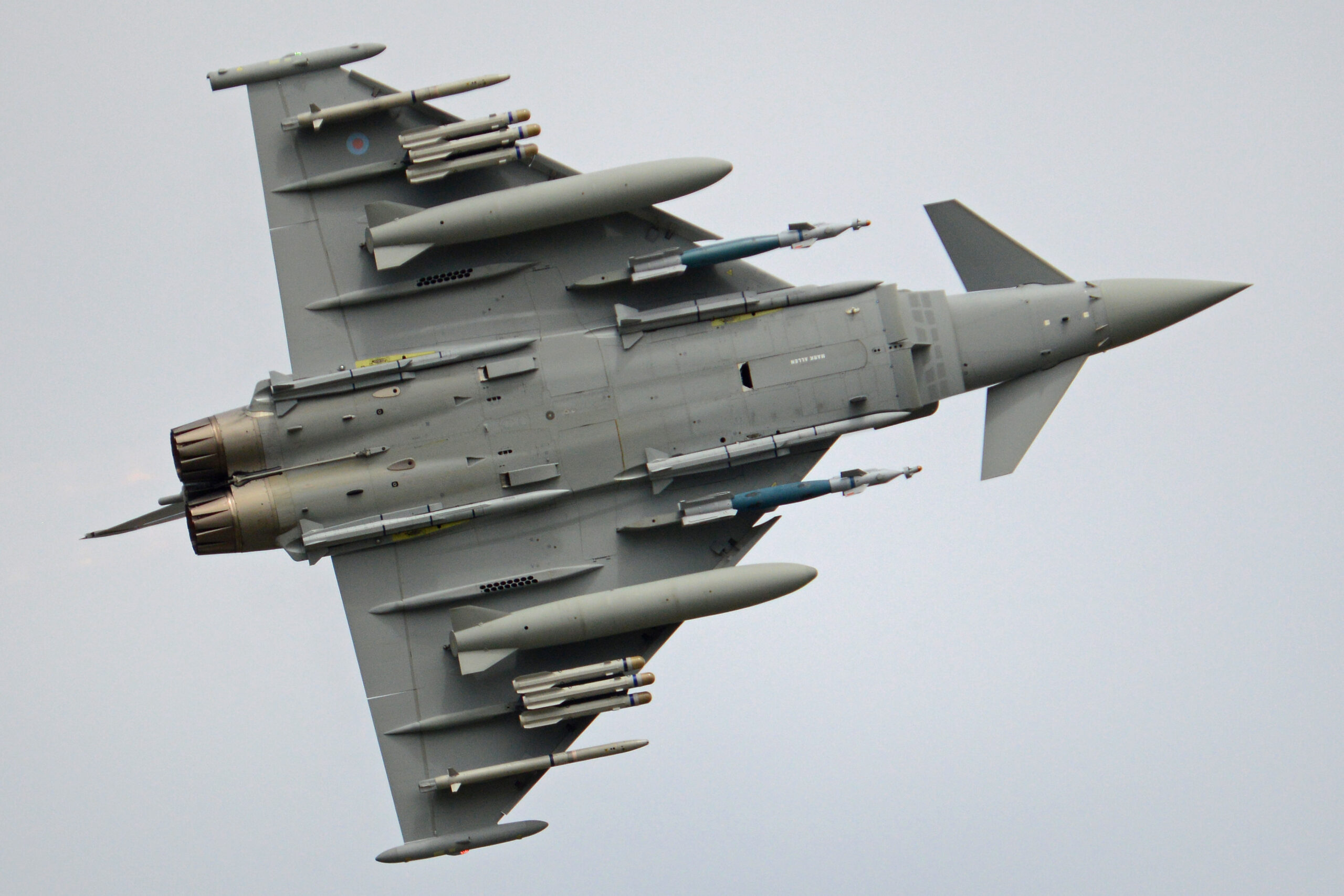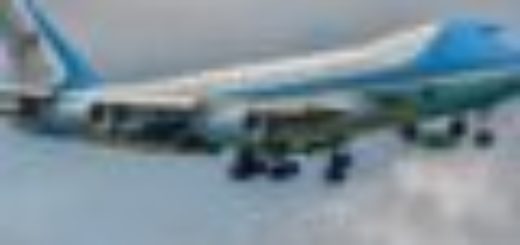Turkey and UK Finalize Eurofighter Typhoon MoU Covering 40 Jets and Long-Term Support

Turkey and UK Finalize Eurofighter Typhoon MoU Covering 40 Jets and Long-Term Support
Published:
July 23, 2025
/
Updated:
July 23, 2025
Contracts & Deals
Michael Adler
Photo by Alan Wilson
Turkey and the UK signed a memorandum on 23 July during the Istanbul defense fair. Defense ministers Yasar Güler and John Healey formalized plans for Turkey to buy 40 Eurofighter Typhoon Tranche 4 jets, support gear, and weapons. The package is valued at around £2.8 billion. Industry sources report that draft contracts will reach both governments in August, with final signature expected in early autumn.
Berlin removed the last roadblock the same day. Germany’s Federal Security Council approved an export license after a closed meeting on 23 July. Defense officials confirm the notice reached Ankara within hours. The clearance ended an 18-month pause linked to political friction between the two capitals.
The deal restarts Typhoon assembly at BAE Warton, secures UK aerospace jobs through 2031, and fills the gap between Turkey’s aging F-16s and its future Kaan jet.
Eurofighter Typhoon Contract Details
The Turkish package includes:
Forty Tranche 4 Typhoons built to a common FGR4 standard.
Meteor and ASRAAM air-to-air missiles, plus a targeting pod for precision weapons.
Royal Air Force training at Coningsby starting January 2026 for pilots and ground crews.
Turkish Aerospace Industries to handle avionics service and deep maintenance at Eskisehir.
First delivery mid-2028, final jet late 2031.
Simon Barnes, head of BAE’s air division, said the MoU “deepens the industrial bond between our countries” and gives suppliers a clear path once detailed annexes are signed.
Warton’s Typhoon line paused after the last Qatari jet in February. The Turkish order reactivates production and supports about 5,000 jobs in northern England. BAE resumed tooling checks. Suppliers restarted titanium orders. Selex confirmed Captor-E radar arrays can be ready within 12 months.
Turkey needs fast delivery. Most F-16s date back to the early 1990s. Many near 10,000 flight hours. Retirements start in 2028. The Typhoon fills the gap with AESA radar and Meteor missiles that reach beyond 60 nautical miles. That matches the range of Greek Rafales.
Twelve Turkish pilots start training at Coningsby in April 2026. The nine-month course combines simulator work, classroom study, and dual flights. Two instructors from Turkey will join each group to help build a domestic training wing later.
Turkish Air Force Modernization Plan
Ankara sees the Typhoon as part of a layered defense strategy. While talks with the U.S. about upgrading to F-16 Block 70 kits are still ongoing, officials now describe that project more as a backup. One staff colonel stated that the service needs “a platform we own without remote locks.”
Back in March, a Qatari Typhoon unit flew in for comparison trials at Konya Air Base, going head-to-head with Turkish F-16s in mock air combat. After 60 sorties, evaluators highlighted the Typhoon’s strong high-altitude acceleration, wide cockpit view, and fast turnaround times. That, along with daily briefings with RAF instructors, tipped the scales toward the European jet.
The timing lines up with regional pressure. Greece is set to begin F-35 training in 2027, so Turkish officials want their first Typhoon delivered before that. NATO already has deployments mapped out-a Turkish Typhoon unit is scheduled for RAF Akrotiri next year, with a permanent team headed to Romania in 2029. These combined drills are meant to tighten coordination and cut down on spare-parts issues.
The MoU targets 45 percent local content by value. Electronics firms Havelsan and Aselsan expect contracts for mission computers and secure radios. BAE engineers will supervise quality checks until Turkish teams complete certification. A joint working group meets every two months in Ankara to clear tasks and track milestones.
Deputy Finance Minister Cengiz Eren briefed parliament on 24 July. He outlined a 12-year loan tied to the London Interbank Offered Rate plus 0.9 points. First payment falls in 2029. UK export credit will cover up to 15 percent of the headline price, with Turkish banks funding the rest.
The contract includes penalties for delays over 90 days. Recent deliveries to Qatar and Kuwait stayed on schedule. German and Spanish orders last year already increased production speed, which lowers risk.
Consortium Production Work
Manching, Germany machines center fuselages and runs flight tests.
Caselle, Italy supplies wings and leading-edge panels.
Getafe, Spain produces foreplanes, fin spars, and power modules.
Cobham, UK ships refueling probes and pylons.
Supply-chain managers acknowledge pressure on raw titanium billets, yet current inventories cover the first batch. The next purchasing round opens in October and will draw on expanded smelting capacity in Sheffield.
Political Context
German lawmakers insisted on a yearly human-rights review tied to spare-parts flow. The clause appears in the license letter and satisfies coalition partners. Turkish officials accept the oversight, pointing to similar clauses in past helicopter sales.
Prime Minister Keir Starmer welcomed the handshake, saying the order will “protect UK jobs in defense and support growth.” Defense unions share that view. A senior steward at the Warton site told the editorial team the line can move from “warm hold” to full pace within three months once funds arrive.
President Recep Tayyip Erdogan called the deal “proof of shared NATO duty.” His office stated that both Berlin and London supported the sale after talks that had dragged on through the spring. Analysts in Ankara think things went more smoothly this time because Turkey backed Sweden’s NATO membership last year – a decision that helped ease tensions with European capitals.
Future Upgrades
The Typhoon roadmap contains funded packages. Radar Enhancement P3E will widen electronic-attack modes. A Defensive-Aids Sub-System upgrade brings new towed decoys and processing cores. An electronic-combat reconnaissance pod reaches flight test next year. Turkey joins the management body and gains direct input on future changes, saving its own research money.
BAE tells us the aircraft will ship wired for these options. Customers add them through software drops and minor hardware inserts. Turkish crews trained on F-16 modernization expect little extra work.
Personnel Impact
The Air Force has been dealing with pilot turnover after years of mainly domestic missions. Now, top brass see the Typhoon program as a way to keep more pilots in the force. According to an internal report, they’re expecting a 12% boost in five-year retention once the new jets are in service. A lot of that has to do with better simulators, English-language training, and laying out a clearer career path.
Same idea goes for the ground crew. Over at the 1st Air Supply and Maintenance Center in Eskisehir, they’re planning to build two extra hangars and a new shop for composite repairs. Contractors are set to start working in September. If everything stays on track, construction should wrap up in about a year and a half – just before the first Typhoons show up.
The post Turkey and UK Finalize Eurofighter Typhoon MoU Covering 40 Jets and Long-Term Support appeared first on defense-aerospace.
Turkey and the UK signed a memorandum on 23 July during the Istanbul defense fair. Defense ministers Yasar Güler and John Healey formalized plans for Turkey to buy 40 Eurofighter Typhoon Tranche 4 jets, support gear, and weapons. The package is valued at around £2.8 billion. Industry sources report that draft contracts will reach both governments in August, with final signature expected in early autumn.
The post Turkey and UK Finalize Eurofighter Typhoon MoU Covering 40 Jets and Long-Term Support appeared first on defense-aerospace.





